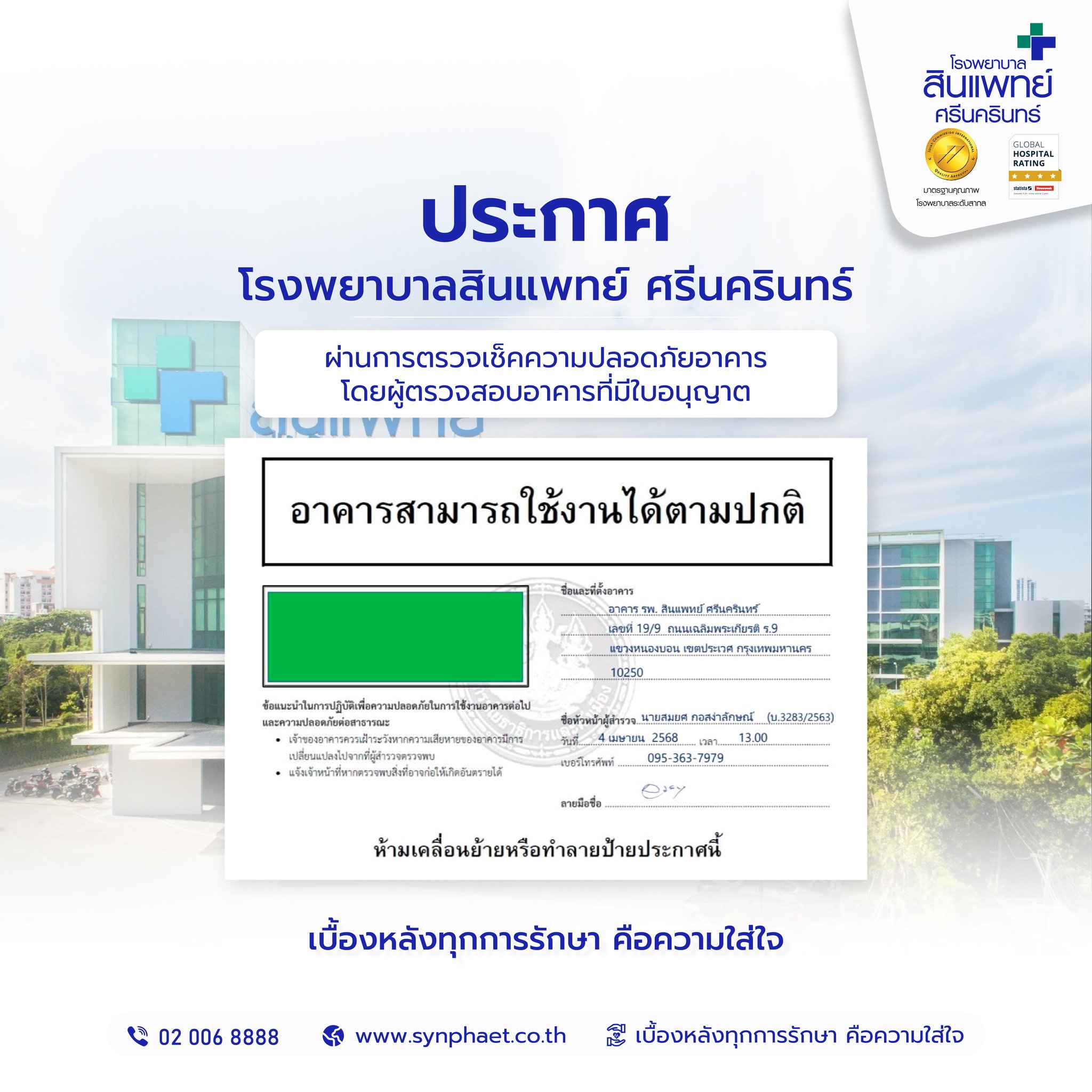Apr 15, 2025

The World Health Organization (WHO) designates May 31 annually as World No Tobacco Day to raise global awareness of the health, economic, and social harms of smoking. In 2005, WHO emphasized the role of health professionals in tobacco control, urging doctors, dentists, nurses, pharmacists, and public health experts to lead anti-smoking campaigns.
Cigarette smoke contains 4,000+ harmful chemicals, categorized into three major groups:
Tar: A sticky residue that coats the lungs, containing carcinogens (cancer-causing agents) like hydrocarbons. Tar accelerates cancer growth in smokers.
Nicotine: A highly addictive stimulant that initially excites the brain but later depresses the nervous system. It constricts blood vessels, raises blood pressure, and increases heart rate.
Carbon Monoxide: Reduces oxygen delivery by binding to red blood cells, promoting fatty plaque buildup in arteries. This leads to narrowed blood vessels, impaired vision, and reduced athletic performance.
Smoking harms both smokers and those exposed to secondhand smoke. Key dangers include:
Cancer: Cigarettes contain 42+ carcinogens. Tar causes lung, throat, bladder, and other cancers.
Heart Disease: Carbon monoxide and nicotine strain the heart, increasing risks of hypertension, arrhythmias, and heart attacks.
Lung Damage: 50% of tar settles in the lungs, causing chronic cough, phlegm, and emphysema. Smokers have a 10x higher risk of lung cancer than nonsmokers.
Vision Loss: Toxins increase cataract risk by clouding the eye’s lens.
Lung Cancer:
90% of lung cancer cases are linked to smoking.
Smokers face a 20x higher risk than nonsmokers.
Secondhand smoke raises lung cancer risk by 26%.
Symptoms often appear late, with 90% of patients dying within 1–2 years of diagnosis.
Nicotine Replacement Therapy (NRT):
Patches, gums, or lozenges reduce withdrawal symptoms.
Behavioral Therapy:
Counseling or support groups address psychological addiction.
Medications:
Prescription drugs (e.g., varenicline, bupropion) curb cravings.
Alternative Approaches:
Hypnosis, acupuncture, or nicotine-free mouthwash (alters cigarette taste).
Why Willpower Alone Often Fails:
Only 15% of smokers quit long-term using willpower alone. Combining NRT, therapy, and medical support triples success rates.
Within 1 year: Heart disease risk drops by 50%.
Within 10 years: Lung cancer risk matches nonsmokers’.
Quitting smoking is challenging but life-saving. Seek professional help to tailor a plan that works for you.



